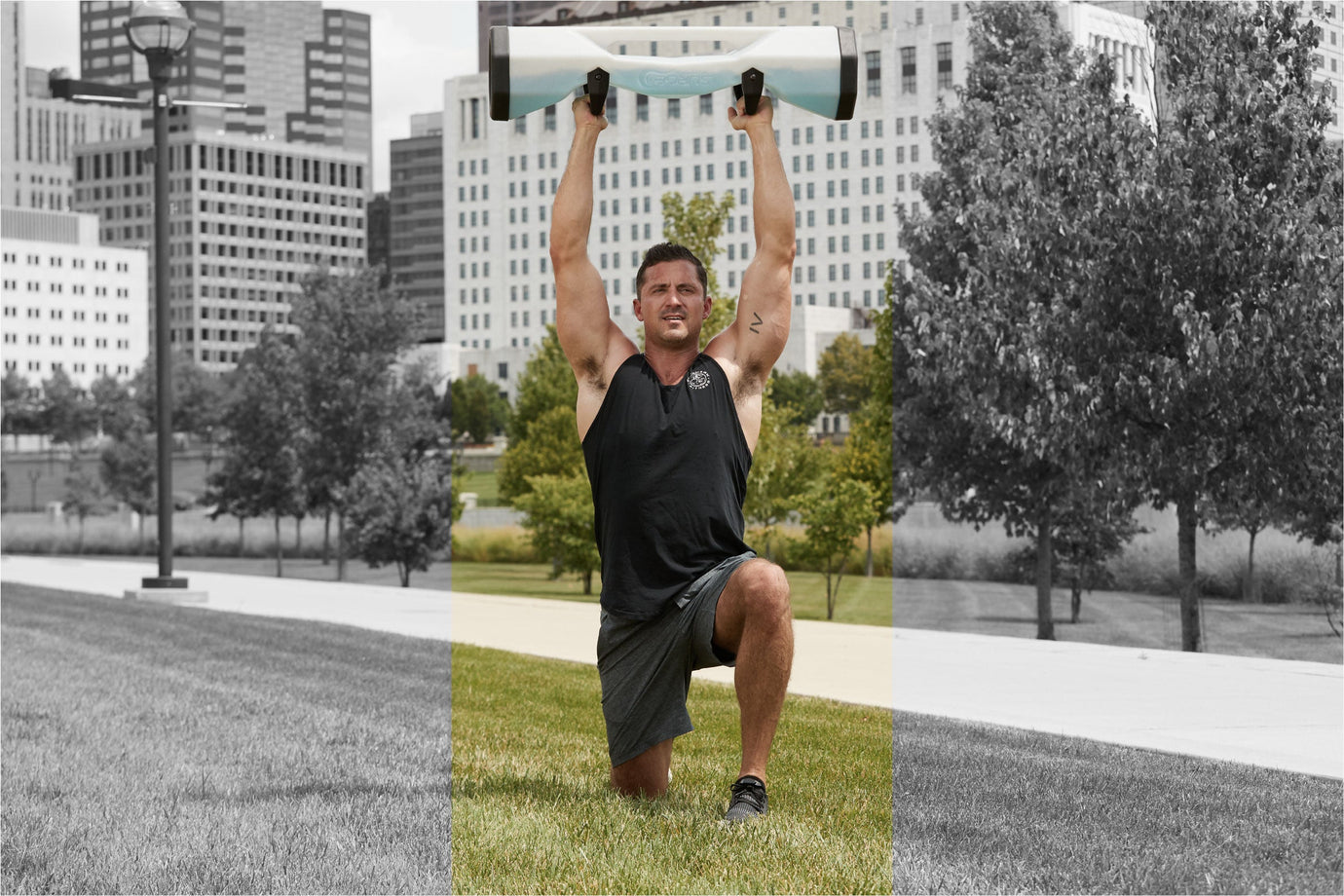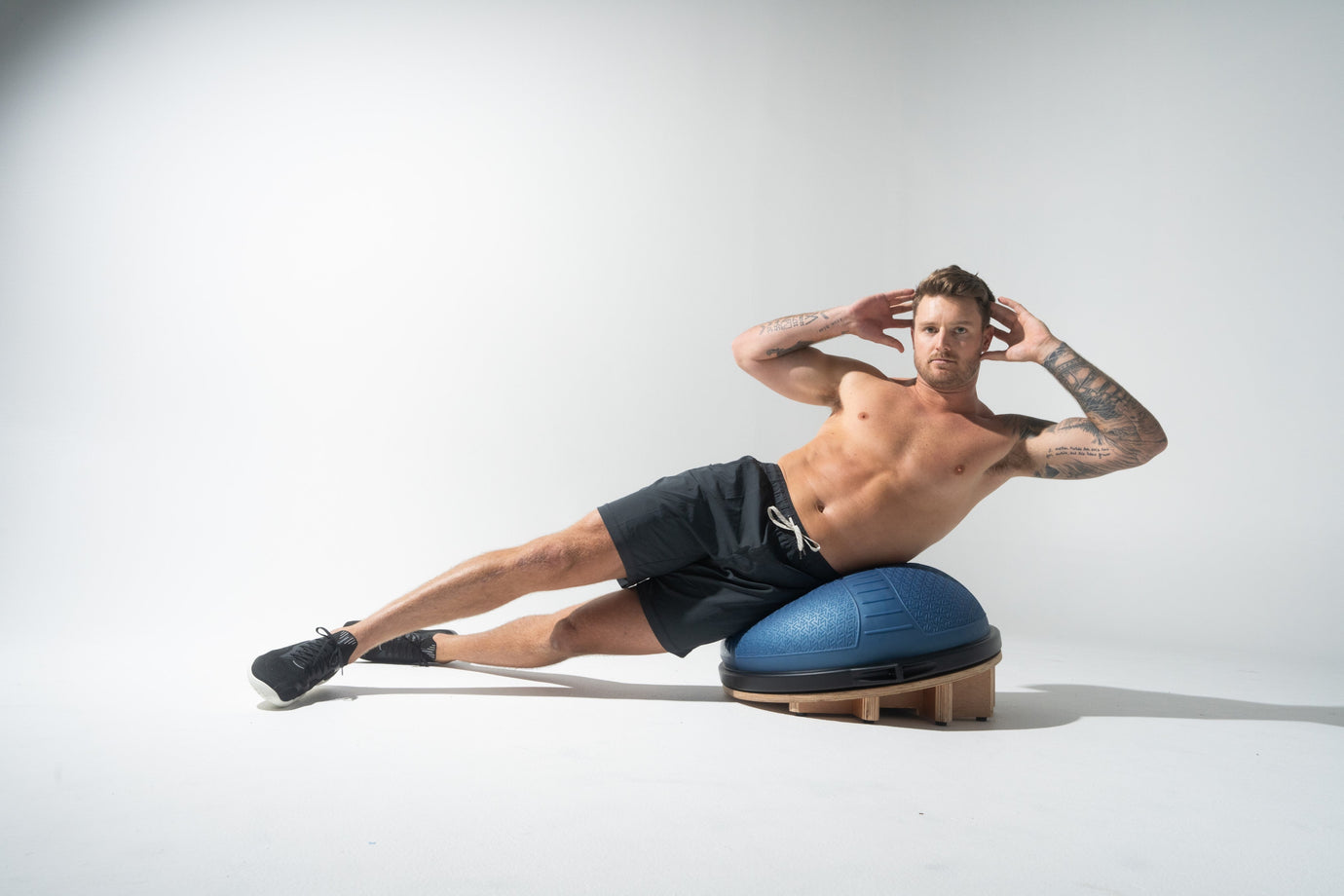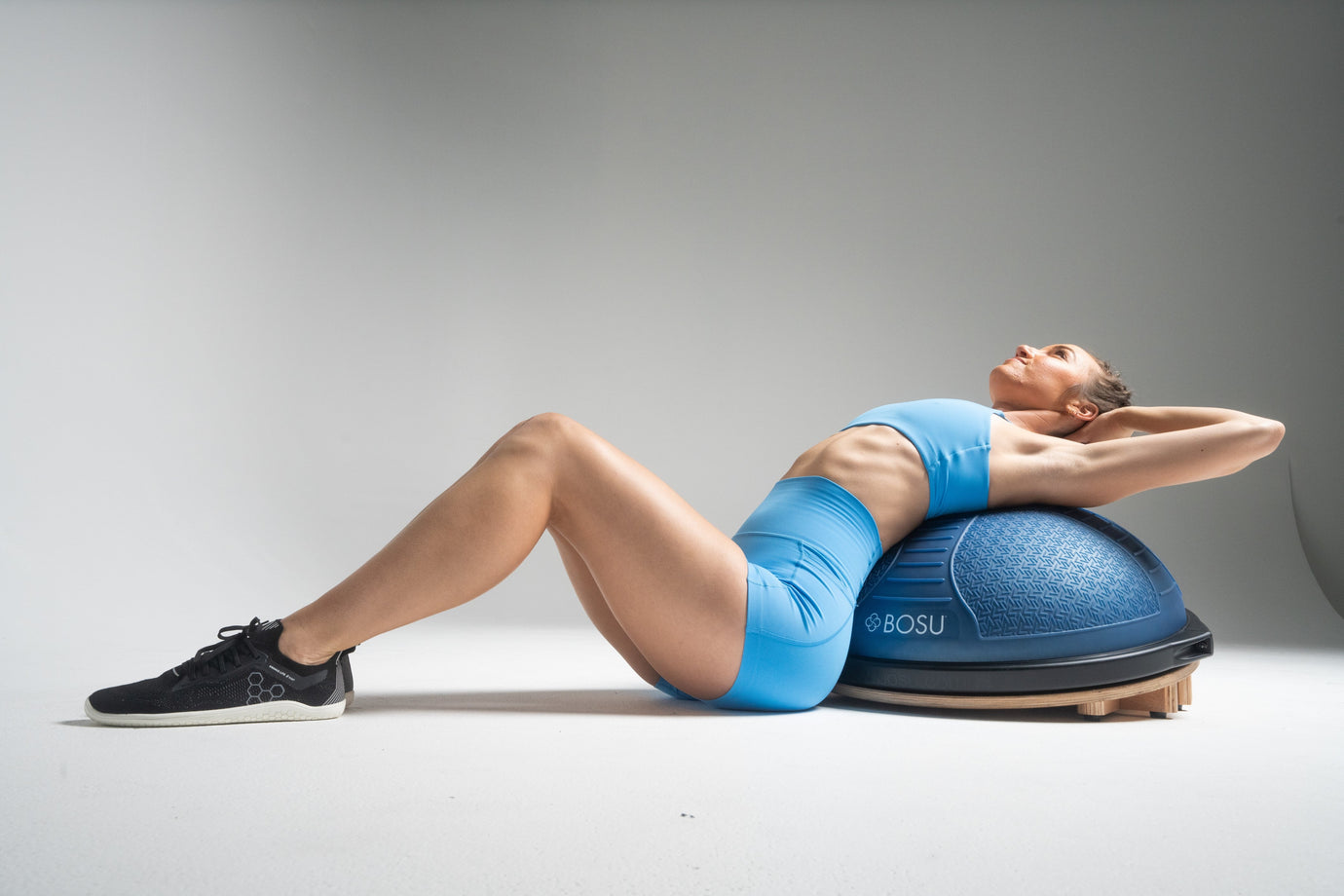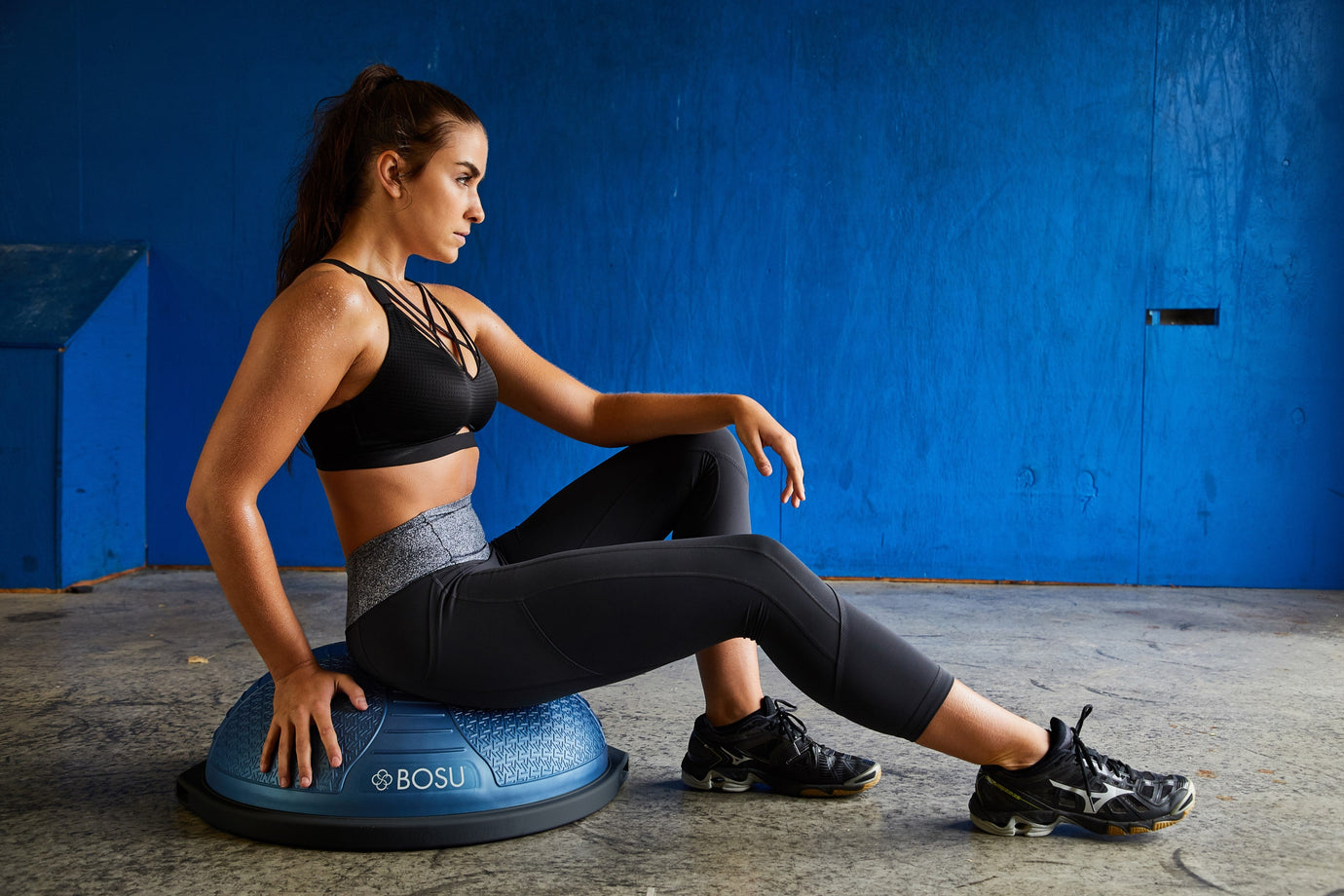How to Achieve Fitness and Keep Back Pain at Bay
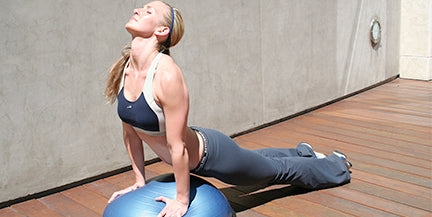
Are you ready to say goodbye to that nagging pain in your back? Most people are eager to bid farewell to their chronic back pain, no matter what it takes. Chiropractic treatments can be useful for treating your condition, but you can also make a difference by changing your lifestyle. Fitness is one way you can make a lasting difference in your overall health. Unlocking the secrets to fitness success can help you to overcome some of your pain.
Achieving fitness is an attainable goal for every individual. In order to alleviate the pain in your back, you may want to keep some of these fitness tips in mind.
How Does Fitness Keep Back Pain at Bay?
The first thing you need to do is understand just how fitness is able to improve your lower back pain. For many people, their back pain is caused by a sedentary lifestyle and consistently poor posture. Their backs require more support than what they are given. There are a few different ways that this can be corrected.
At the very beginning, you may want to use props to support the lower back while seated. Lumbar support can make sitting up straight in your chair much more comfortable. It offers the muscles surrounding the spine more support for its natural curvature instead of requiring the muscles to be strong enough on their own.

Props can be extremely beneficial, but you also need to consider your current fitness level. Individuals who are physically fit have strong core muscles that can support great spine health. When you are in shape and working on those core muscles, your back may no longer need the lumbar support props. You should be able to maintain great posture all on your own.
How to Get Started with Fitness
Getting started on your fitness journey requires a lot of careful thought. Many people anticipate heading to the gym and immediately hitting their stride. This can be an extremely dangerous thing to do. In fact, you might actually injure your back further if you aren’t careful about moving into your new fitness routine slowly. Low back pain may increase in the beginning due to:
- Performing exercises not suited to your body type
- Using improper form
- Doing too much in the very beginning
It is best to get started slowly. If you don’t have much experience with working out, you can start off with slow walks, fewer repetitions, and lower weights. Your body will still start to see the benefits, even if you are moving slower than you would like to. Easing into physical fitness is the key to prevent your low back pain from worsening.
From here, you need to research which kind of exercises are going to be right for you. You might find that weightlifting is a great outlet that really works your muscles. Others might find that yoga helps them to build up their core strength in an enjoyable fashion. The right workout for you may not be the same thing that works for someone else.
Now that you know how to ease into your fitness routine, let’s take a look at a few exercises you can do to keep low back pain at bay.

Stretch First
Before you dive right into your workout, you need to warm up the muscles of your spine by stretching. This prepares them for the workout to come and helps to prevent injury. Take your time moving through these stretches and allow your back to fully relax in each posture.
Start by placing your hands in your back pockets (or approximately where your back pockets would be). Tilt your head back and arch your back. Hold this position for a few breaths while your back muscles work hard to hold you up. This simple stretch can help to counteract the hours that you spend hunched over in your desk chair.
From here, you can lie down on the ground with your hands beneath your shoulders. Push your upper body away from the floor until your arms are completely extended. Your hips should still be touching the floor or hovering slightly above it. Holding this position for a few seconds is a great way to stretch out the lower back while building upper body strength.

Resistance Training
According to research, the most effective thing you can do to help prevent or improve lower back pain is resistance training. It is considered to be more effective than strength training for back pain and range of motion. With consistent resistance training, you may see improvements in your:
- Strength
- Flexibility
- Endurance
- Balance
You should seek out low-impact resistance training exercises in the very beginning. These are easier on your joints and your back. Many people prefer to use bodyweight exercises because they are easily accessible, no matter where you happen to be. It does not require a gym membership or an upfront investment. Consider working on a few of these resistance exercises in the beginning:
- Squats
- Pushups
- Partial crunches
- Lunges
The NCBI recommends that you start with two workouts per week, each lasting roughly fifteen to twenty minutes. In exchange for this brief time investment, you may be able to prevent osteoporosis, prevent lower back pain, and lower your risk factors for diabetes and heart disease.

Achieving Fitness
Strengthening your core muscles and becoming physically fit can seriously impact your chronic lower back pain. It takes only a few minutes of resistance training each week to see substantial improvement. You can easily counteract hours of sedentary activity and improve your posture for long-lasting effects on your overall health.
Keep some of these fitness tips in mind when you first get started. Remember to ease into your new fitness regime to prevent further injury to your spine. If you encounter significant pain during these exercises, discontinue them immediately and seek the help of an experienced chiropractor or other medical professionals.
Dr. Brent Wells, D.C. has been a chiropractor for over 20 years and has treated thousands of patients. He founded Better Health Chiropractic & Physical Rehab in Alaska in 1998 and is a proud member of the American Chiropractic Association and the American Academy of Spine Physicians. Dr. Wells is also the author of over 700 online health articles that have been featured on sites such as Dr. Axe and Lifehack. He continues his education to remain active and updated in all studies related to neurology, physical rehab, biomechanics, spine conditions, brain injury trauma, and more.

